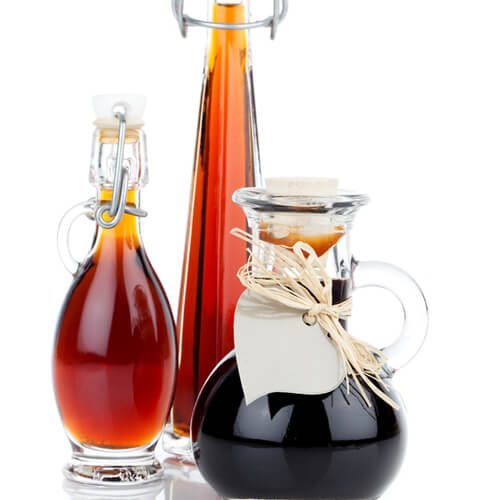Will the maple syrup industry evolve?

A culinary arts program online is a tremendous opportunity to learn a timeless craft in a modern and convenient way. The maple syrup industry could potentially see a similar advancement due to a modernized method of extracting tree sap. The production of syrup is an exhausting process, with each gallon of syrup requiring 43 gallons of tree sap. Traditionally, trees rely on lengthy freeze/thaw cycles, and are tapped near the base. Once tapped, tin buckets are left attached to the tree to collect the sap as gravity slowly pushes it down through the tree. However, many farmers are switching to a more sophisticated vacuum method that makes the entire process more efficient.
How will this change syrup production?
The extraction of tree sap to create syrup relies on the utilization of fully grown trees that house sap throughout their structure. Trees freeze during the winter, transforming starch into sugar, which then thaws. The new vacuum method allows syrup to be extracted from multiple trees at greater speed through a system of tubes that brings the sap to a shared basin.
The University of Vermont advanced this method even further by exploring the idea of extracting sap from saplings rather than adult trees. Students and researchers at The University’s Proctor Maple Research Center cut the tops off of saplings and used a vacuum system to extract sap from their roots. This system is counterintuitive to traditional methods of extraction, pulling sap upward from the ground rather than letting gravity send sap downward.
This discovery is significant in that it could make syrup a farmable resource, making it possible to plant thousands of saplings on an acre of land, yielding ten times as much syrup per acre. While currently syrup is generally a product of the East Coast, this advancement could mean syrup production expands across the Midwest. High-quality maple syrup could then potentially become a more accessible and affordable commodity.
Transforming syrup production into an agricultural resource also makes it more predictable. Changing weather conditions make it difficult to anticipate if trees will undergo a proper freeze/thaw cycle, whereas sapling require less time to freeze and thaw.
There is still much unknown as scientists and syrup producers continue to refine this system. Adaption to this system will take time, considering maple syrup extraction is an enterprise comprised on patience and tradition.


